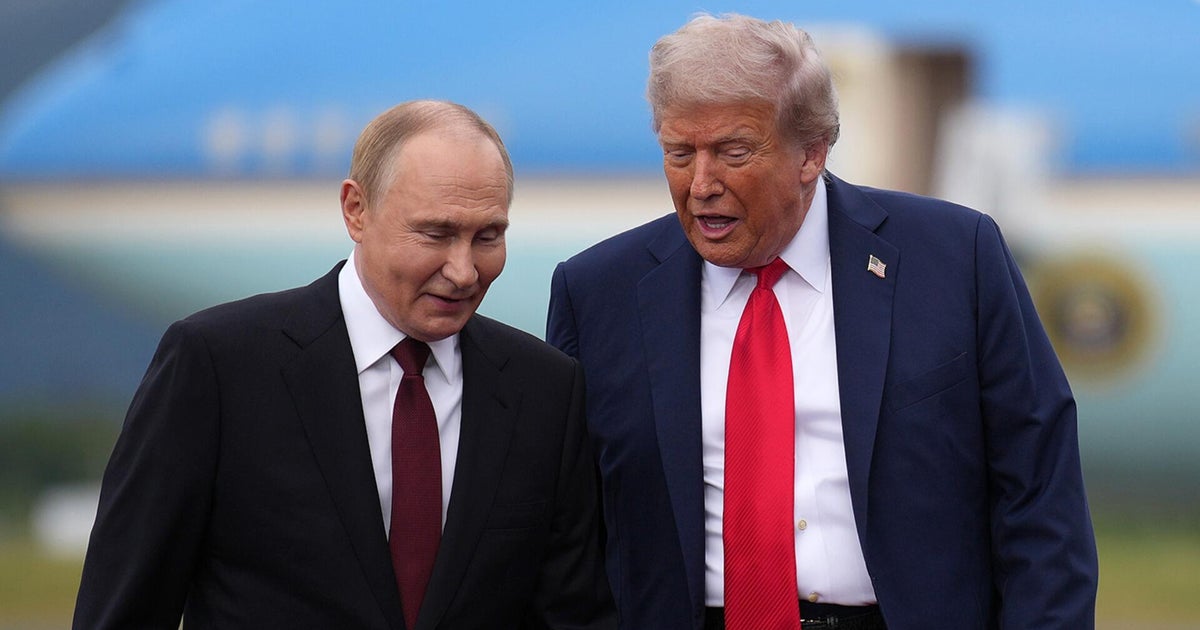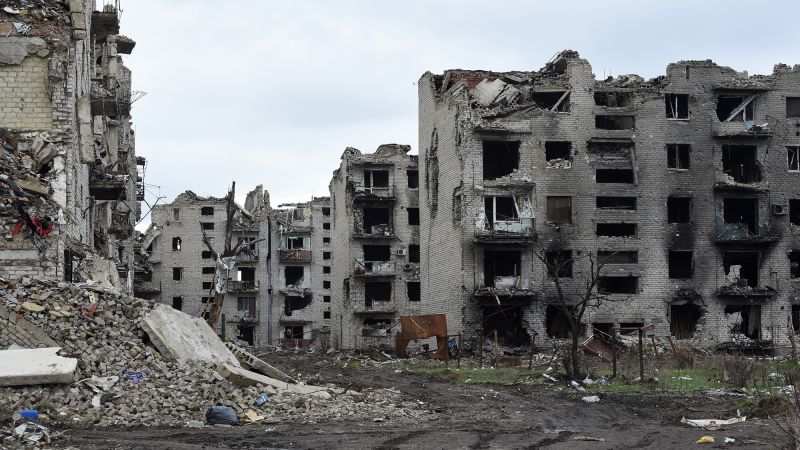In a significant move with potential ramifications for the ongoing conflict in Ukraine, the Trump administration has reportedly put forth a peace proposal that includes a requirement for Ukraine to cede control of the eastern Donbas region and to scale down the size of its military. The proposal, consisting of 28 points, has already been reviewed by President Donald Trump, signaling a serious attempt by the White House to end Russia's involvement in the war.
While some aspects of the plan, such as territorial concessions in areas not currently held by Russia, have previously been rejected by Ukraine, U.S. officials believe that there is a new opportunity to reinvigorate peace talks. However, the plan is still in the preliminary stage, with many details yet to be finalized. CNN has not independently verified the contents of the proposal and has sought a response from the White House for further clarity.
Secretary of State Marco Rubio characterized the document as a compilation of potential ideas rather than a final proposal, emphasizing the need for both sides to engage in a substantive and realistic exchange of proposals to achieve lasting peace. The proposal's current form may raise concerns among Ukrainian leaders and their supporters due to the significant territorial and military concessions it demands, particularly in the strategically important Donbas region.
Among the key points outlined in the proposal are freezing the current battle lines in contested territories like Kherson and Zaporizhzhia, as well as requiring Ukraine to reduce the size of its military and scale back certain military capabilities acquired during the conflict. Additionally, the document addresses sensitive issues such as the status of the Russian language and the Russian Orthodox Church in Ukraine post-war, indicating a comprehensive approach to addressing the root causes of the conflict.
Central to the proposal are U.S.-backed security guarantees designed to prevent further Russian aggression in Ukraine and the broader European region. The plan bears resemblance to earlier peace initiatives discussed in Istanbul in 2022, echoing some of Moscow's geopolitical demands regarding Ukraine's military capabilities and alliances.
European diplomats expressed surprise and skepticism regarding the proposal, with one likening the situation to a recurring loop akin to "Groundhog Day." The lack of prior consultation and transparency surrounding the plan has reportedly led to confusion among foreign ministries in Europe and beyond, raising questions about its feasibility and potential implications for regional stability.
Notably, the European Union's foreign policy chief emphasized the necessity of involving Ukrainians and Europeans in any peace efforts, underlining the importance of a collaborative approach to resolving the conflict. Amid the evolving diplomatic landscape, Trump's special envoy, Steve Witkoff, has spearheaded negotiations, signaling a potential shift in the administration's approach to peace talks.
While the proposal marks a significant development in the efforts to end the conflict in Ukraine, its reception and feasibility remain subjects of intense debate and scrutiny. The diverging perspectives among stakeholders underscore the complex challenges inherent in seeking a lasting resolution to the crisis, with implications stretching far beyond the immediate geopolitical landscape.
As the situation continues to evolve, the international community will closely monitor the progress of these peace efforts and their impact on the conflict dynamics in Ukraine and the broader region. The urgency of finding a sustainable solution underscores the need for continued dialogue, compromise, and engagement to pave the way for a more stable and secure future for all parties involved.


